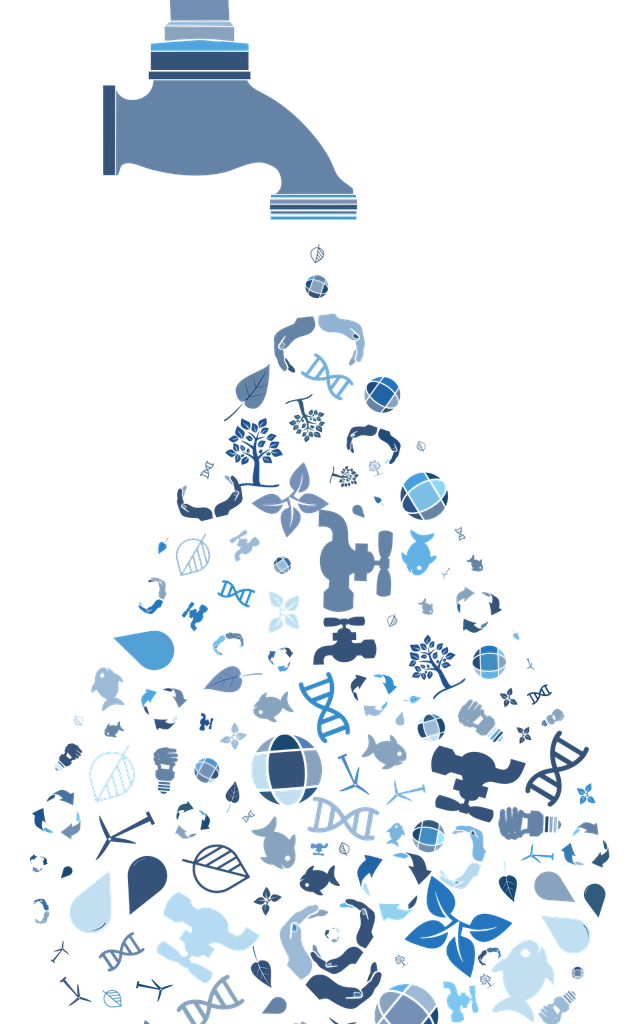Understanding Water Conservation in California: Tips and Techniques for Efficient Usage

California has had prolonged droughts and sporadic years with an abundance of rainfall in the past. Due to the state’s Mediterranean environment, the rainy season only lasts a little while. Enough snowfall in the Sierra Nevada is essential to provide water throughout the long, sweltering summer.
There were periods of extreme drought in the late 1970s, late 1980s, and late 2000s. The three years between 2012 and 2014 during the 2012–2016 drought were the driest in the state’s recorded history, resulting in previously unheard-of mandatory water use restrictions.
Californians are realizing the value of water conservation due to persistent issues like droughts and water shortages. This blog post explores valuable and efficient water usage tips and techniques while emphasizing essential tactics to improve California’s water environment.
Water Conservation California: The Need of the Hour
In a country with palm-lined beaches and sun-kissed vistas, conserving water is not an option—it’s a need. California, well-known for its sporadic droughts, struggles to sustain its water supply. The first step to creating a more resilient and environmentally aware community is realizing how important it is to save water.
Efficient Water Usage Tips for Californians
A recent report by the California Sustainability Alliance (CSA) claims that if California entirely used secondary and tertiary recycled water sources, the state could save enough energy to power 150,000 homes and reduce carbon emissions by half a million metric tons a year.
By adopting the most energy-efficient water system technology and implementing water efficiency conservation and reclamation programs to utilize reclaimed water for landscaping or other non-potable applications, local governments may contribute to reducing the climate effects associated with the energy used to transport and treat drinking water.
Embrace Eco-Friendly Landscaping
Choosing native plants, drought-resistant shrubs, and effective irrigation systems are some ways Californians may design water-efficient gardens. This not only preserves water but also infuses your surroundings with some regional biodiversity.
Upgrade to Water-Saving Appliances
Water use in homes may be significantly decreased without sacrificing functionality by switching to water-efficient products like intelligent irrigation systems, energy-efficient washing machines, and low-flow toilets.
Implement Rainwater Harvesting Techniques
Installing rain barrels or cisterns to collect and store rainwater for later use is one way Californians can harness the power of rain. This technique helps reduce stormwater runoff in addition to conserving water.
Sustainable Water Practices: A Lifestyle Choice
Adopting sustainable water practices is more than simply following advice; it’s about making the preservation of this priceless resource the center of your existence.
Reduce Water Consumption with Smart Landscaping Choices
Small-scale landscape irrigation may contribute to cost and water savings. One way to lower greenhouse gas emissions is through drip irrigation, which uses less water and less electricity to maintain proper pressure due to its gradual application that corresponds with soil absorption rates. Drip irrigation also eliminates water evaporation and runoff.
Local governments may also use weather- or sensor-based irrigation control technology to save up to 26% of the water used for irrigation. Cities and counties may program watering systems to run between 5 and 10 a.m. Watering early in the morning is ideal since this helps minimize evaporation. Additionally, it protects against illnesses brought on by overnight water on plants.
Xeriscaping: A Water-Wise Landscaping Approach
Discover the benefits of xeriscaping, a landscaping approach that reduces water consumption by carefully improving soil and choosing plants. This technique produces aesthetically pleasing, low-maintenance landscapes while simultaneously conserving water.
Mulching: Nature’s Water Saver
Mulching is an easy-to-use yet efficient way to stop weed development, minimize evaporation, and hold onto soil moisture. Farmers in California may drastically reduce the time their plants need to be watered by covering them with an organic mulch layer.
Final Thought
In conclusion, mastering efficient water usage in California requires deliberate decisions and valuable tactics. Californians can help preserve this essential resource and create a more resilient and environmentally friendly future by implementing these suggestions and adopting a sustainable lifestyle around water.
Remember that every drop you conserve now might mean a brighter future.

Leave Your Comment